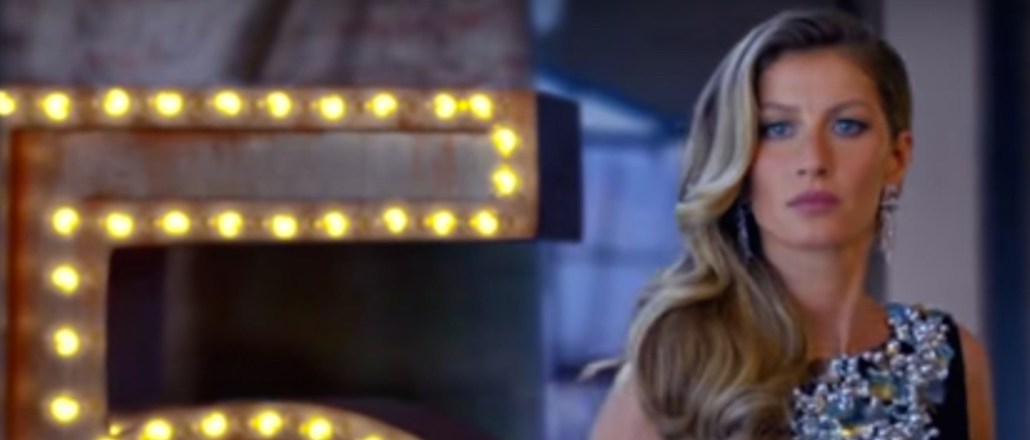
James G. Brooks is founder and CEO, GlassView
At first blush, luxury brands may not seem like a great fit for online video. They’ve traditionally used glossy magazine ads, billboards and, to a lesser extent, TV ads, to disseminate their highly stylized images.
The reason the industry has relied on TV to a “lesser extent” is the nature of television advertising, which is designed to reach as many people at once as possible, or at least to try to hit a single demographic en masse. The limitation of the format is another issue: For a luxe brand it is especially difficult to tell your story in 30 seconds. Finally, there’s the issue of context. If you’re Louis Vuitton, your slick and powerful TV spot may be wedged between an ad for diapers and another for a local, ambulance-chasing attorney. You have no control.
Given these traditional constraints, it’s not surprising to see that many top luxury brands and even up-and-coming luxury brands have been flocking to online video lately. In particular, brands such as Chanel, Timo Weiland and Hanley Mellon have all made online video a cornerstone of their strategies. There are four main reasons why:
People like it
A recent study of upscale males by search marketing firm iProspect and Internet media researcher comScore, for instance, found that consumers preferred video ads to all other types. “Luxury brands typically have unique and interesting subject matter for video,” the study noted. “Video is also very shareable, making it an excellent asset for social channels.”
It’s no wonder that luxury brands are doubling down on online video. Aside from posting product and brand imagery, luxury brands report that video is the No. 2 tactic they use to engage fans and followers.
It’s superior to other media
Until fairly recently, the default media for luxury brands was print – in particular ads in glossy fashion magazines. Despite the decline of print advertising in general, rates are still prohibitively high for some. A full-page ad in Harper’s Bazaar can run as high as $150,000.
TV is similarly expensive. A 30-second ad during The Walking Dead can run as high as $400,000, according to Variety. It is unlikely most of the people seeing your TV ad will be in the market for luxury goods, anyway.
By contrast, you can run an effective online video campaign starting in the low five figures. And it’s an efficient spend. Thanks to behavioral targeting and other data, you can get your ad in front of consumers who are interested in luxury goods and who can afford to buy them.
Free of the :30
Taking TV out of the mix gives brands the freedom to experiment with video and provide something more, well, luxurious than a typical 30-second spot.
Established luxury brands have paved the way. BMW set the stage for such extravagance way back in 2001 with a series of short films running about 10 minutes each and featuring stars like Clive Owen, Madonna and Gary Oldman, among others. Since then, Chanel has tried its hand at long-form with a15-minute hit video detailing the history of the brand. Prada also enlisted director Wes Anderson for a short film (since taken down) that evoked classic French films of the 1960s. Bentley has also embraced long-form with a 5-minute video featuring skier Chris Davenport racing around the mountains in a black-and-white travelogue.
More recently, up-and-coming luxury brands have embraced this approach. Timo Weiland introduced himself with a stylish 3-minute video explaining his backstory while Hanley Mellon released a 3-minute video brand introduction and an overview of its Kenya spring collection’s inspiration.
Embracing change
Though there are some outliers in the luxury industry like BMW, overall it’s an industry that resists change. That’s why it’s encouraging to see luxe brands, both long-established as well as up-and-coming, recognizing the creative freedom and efficiency that online video offers.
Telling stories is an integral part of brand building, but luxury brands have to tell better stories than most. As more and more turn to online video, I’m excited to see how that storytelling will evolve.
More in Marketing

Lowe’s wants to do more with AI shopping in 2026
Mylow, a shopping assistant powered by ChatGPT that launched in March, is already driving double the conversion rate for online shoppers.

‘This isn’t the old pre-roll world’: YouTube has been talking TV — now it’s selling that way
YouTube is ramping up efforts to get TV’s largest advertisers to move more of their budget into its platform.

As every screen becomes shoppable, attribution problems resurface
As more media environments become points of purchase, attribution and measurement remain the thorn in the side of commerce execs.





